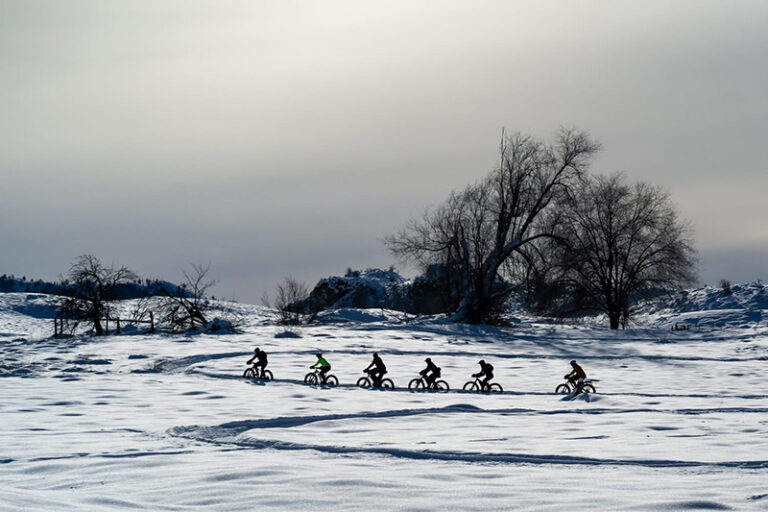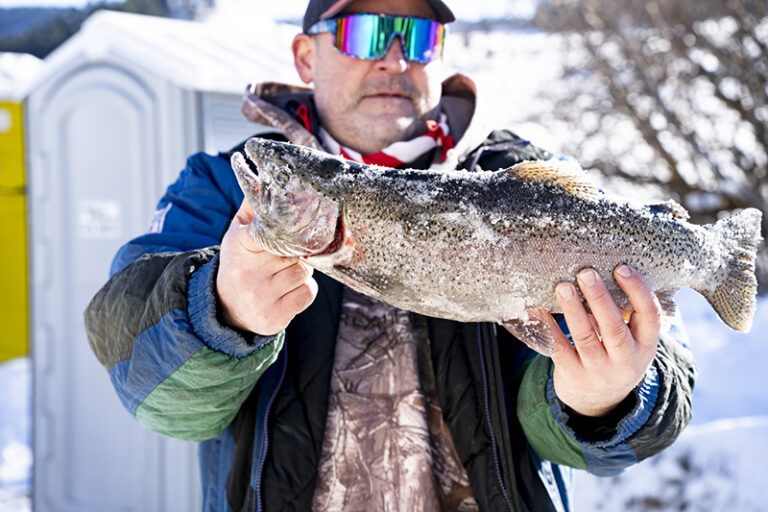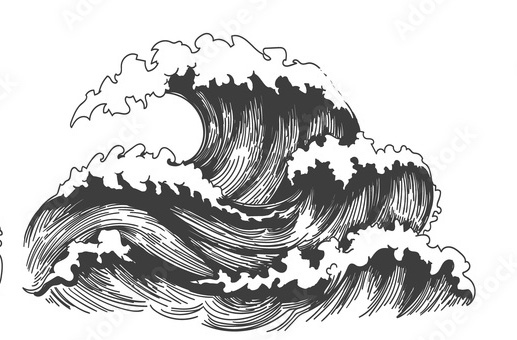Whether you are a novice fly fisherman or a seasoned veteran of trout stalking, the act of buying a new fly rod can be overwhelming at times. The options are truly endless, and there are so many brands and models on the market that you sometimes might wish you had stuck with bait fishing (man, sometimes I really miss the days of corn and marsh-mellows). The good news is that selecting a new fly rod comes down to a simple question: What are you going to do with it?
I Can Only Afford One Rod (aka My Wife/Husband Does the Books)
So you like to fish lakes and rivers and have the authorization to buy ONE rod only this year? No worries, my friend. Look no further than a 9-foot, 5 or 6 weight. If you are targeting larger fish on a consistent basis (5 pounds on up), I would suggest leaning towards the 6 weight. But by and large, no matter where you are in the country, a 9-foot, 5 weight is a great all-around rod for fishing lakes and rivers. It is long enough to cast and mend on larger waters, and has the backbone to punch through the wind or play most fish. If you only get to pick one rod, this would be it. I know, you are probably thinking, “So what brand smart guy?” That answer depends on price and brand loyalty. If you are new to the sport, don’t spend a ton on your first rod. That comes later, after you get addicted worse than a meth freak. For the more experienced casters out there, you know what you like. Go to your local shop, string one up, and throw.
Give Me Streams or Give Me Death
If you are in need (or want) of a rod for fishing streams and creeks, I would take a good look at anything from a 7 ½ foot 1 weight up to an 8 or 8 ½ foot 3 weight. If this is your only stream rod, I would go with an 8 foot 2 weight as that type of rod is very versatile in most small water situations. I believe a few manufacturers are still building two-piece stream rods, but I would suggest that you buy a four-piece as it can be stashed in a day pack. Some of the best streams out there are only accessible by hiking in or bushwhacking, so having a four-piece rod is almost necessary. Again, go to your local shop and cast a few models to find the one that feels the best to you.
The Super Bowl of Fly Fishing
Fly fishing for steelhead is perhaps the most challenging and rewarding recreational activity on the planet (okay, so I am a little biased here), and it takes a pretty serious stick to play and land a 7-15 pound sea-run rainbow. If you do have the opportunity to throw for steelies on a regular basis, I would definitely suggest looking into a Spey rod. Used properly, a Spey rod can cover an incredible amount of water, requires far less effort on the part of the caster, and allows you to stay out all day throwing big, heavy flies. A 13’ 6” 7 or 8 weight is perfect for nearly every steelhead or salmon river in the United States. There is a learning curve to properly cast a Spey rod, but once you get it, you will never want to cast a single handed 8 weight again. My dear old dad throws a Spey rod with the best of them, and at 73 years old, he usually out fishes and outlasts me on the river during steelhead season.
Support Your Local Fly Shop
You most likely noticed that I didn’t shamelessly pitch any brands in this article, mainly because every fly fisherman I know has a preference based on his/her casting style and ability. I happen to love Sage (there…my one plug), but one of my good fishing buddies won’t throw anything but a Winston. The bottom line is that you get what you pay for, and good fly rods usually come with a lifetime warranty, so if you break it, the company will replace it for free. It really doesn’t matter what type of fly rod you are in the market for, just make sure to go down to your local fly shop and pick the brains of the pros. Get their opinion, have them string up a couple and go throw! //













